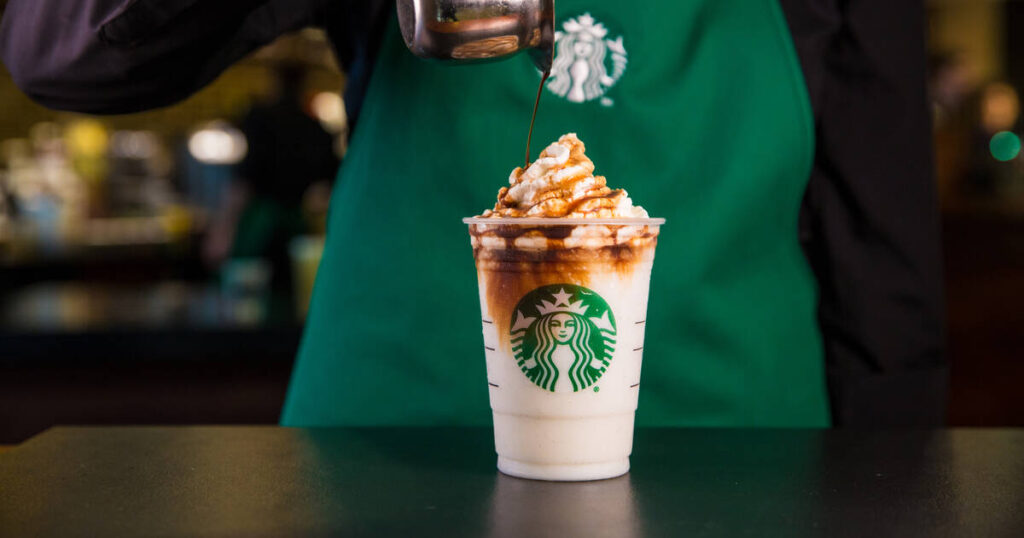Rate this post
Introduction:
Top 10 Reasons Why Starbucks Coffees Are So Expensive: Have you ever wondered why a cup of Starbucks coffee tends to hit your wallet a bit harder than other coffee options?
The answer lies in a combination of factors that contribute to the premium pricing of Starbucks coffees. Let’s dive into the top 10 reasons behind the higher cost of your favorite brew.

- Quality of Coffee Beans: Starbucks is committed to using high-quality, ethically sourced Arabica coffee beans. The superior quality of these beans, often grown in diverse regions worldwide, contributes to the distinct and rich flavor profile found in Starbucks coffees.
- Fair Trade and Ethical Sourcing: Starbucks places a strong emphasis on fair trade and ethical sourcing practices. This commitment ensures that coffee farmers are paid fair wages, which, in turn, adds to the overall cost of production. By supporting ethical practices, Starbucks aims to create a positive impact on coffee-growing communities.
- Strict Quality Standards: To maintain consistency and uphold their brand reputation, Starbucks enforces stringent quality control measures throughout the coffee production process. This involves rigorous testing and adherence to specific standards, ensuring that each cup meets the high expectations of Starbucks customers.
- State-of-the-Art Equipment: Starbucks invests heavily in state-of-the-art coffee brewing equipment and machinery. From cutting-edge espresso machines to high-quality grinders, these tools not only enhance the efficiency of the brewing process but also contribute to the overall cost of operation.
- Customization Options: One of the reasons many patrons love Starbucks is the ability to customize their drinks. The extensive range of options, from milk choices to flavorings, requires additional resources and attention to detail, ultimately impacting the overall cost of production.
- Labor Costs: Starbucks prides itself on its well-trained and skilled baristas who ensure that each cup is crafted to perfection. The investment in skilled labor, along with ongoing training programs, contributes to the higher labor costs associated with Starbucks coffees.
- Store Ambiance and Experience: The cozy ambiance and inviting atmosphere of Starbucks stores play a crucial role in attracting customers. The cost of maintaining this unique experience, including comfortable seating, Wi-Fi access, and stylish interior design, is factored into the price of each cup.
- Innovative Beverages and Seasonal Offerings: Starbucks continually introduces new and innovative beverages, often featuring seasonal ingredients and limited-time offerings. The development and promotion of these creative drinks contribute to the overall cost structure, providing customers with a diverse and exciting menu.
- Global Branding and Marketing: As a globally recognized brand, Starbucks invests significantly in marketing and advertising. The costs associated with building and maintaining this brand image are reflected in the price of their coffees, contributing to the overall premium positioning of Starbucks in the market.
- Convenience and Accessibility: Starbucks places a strong emphasis on convenience, with a vast network of easily accessible stores worldwide. The cost of maintaining this widespread presence, coupled with the convenience of drive-thru services and mobile ordering, adds to the overall expenses and, consequently, the price of their coffees.
Conclusion:
While the price of a Starbucks coffee may be higher than some alternatives, it’s essential to consider the multitude of factors that contribute to the premium cost. From quality sourcing and ethical practices to the unique Starbucks experience, each element plays a role in delivering the distinctive taste and atmosphere that millions of coffee lovers enjoy every day.
